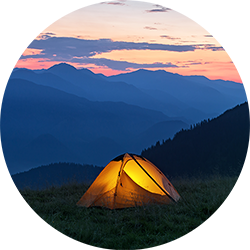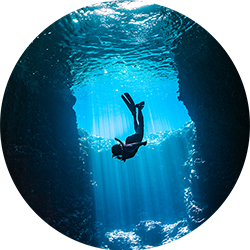Places to Visit in Ladakh in June, July and August
Pangong Lake, Magnetic Hill, Thiksey Monastery, Khardung La, Markha Valley, Nubra Valley, Hemis National Park, Tso Moriri, Alchi Monastery, Royal Leh Palace, Spituk Monastery and many more.From enjoying the sights of the Leh Palace to exploring the Tsemo Fort, or trying out pan-Asian cuisine, there are numerous places to visit in Leh Ladakh in June, July and August month.
When you ride on a camel in the Nubra Valley, enjoy the scenery around you and relish the exotic riding experience offered by a camel. Visit the Thiksey monastery, embrace the intriguing atmosphere and offer your silent prayers. Go for a yak safari or an enthralling bike ride and savour every moment to its brim. Be ready for such specials moments and much more on this Ladakh trip.












